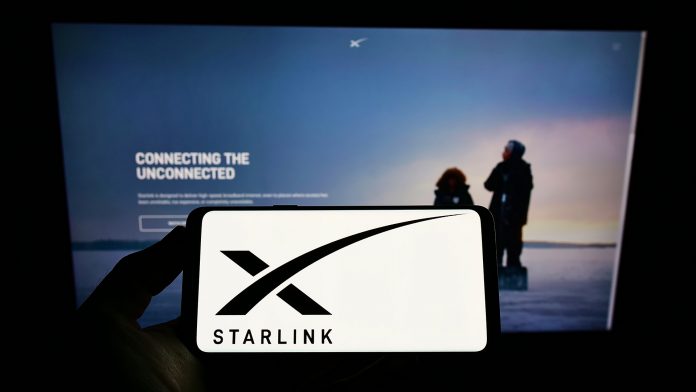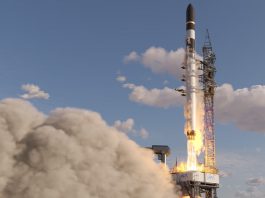SpaceX has launched its first batch of Starlink satellites designed to connect directly to unmodified smartphones.
The launch of 2024’s first Starlink satellites comes after SpaceX was granted a temporary experimental license to start testing the capability of the satellites in the US.
Six of the 21 satellites that launched on a Falcon 9 rocket from Vandenberg Space Force Base, California, carry a payload that the company said could provide connectivity for most 4G LTE devices when in range.
During an event featuring SpaceX founder Elon Musk and T-Mobile CEO and President Mike Sievert last year, Musk called the new addition “a massive game changer that would help eliminate dead zones across the globe.”
What makes Starlink different to other wireless connectivity services?
While it has revolutionised how we communicate, wireless technology has its limitations, and even highly developed nations have areas where signal quality is poor or non-existent, an area known as a signal dead zone.
The issue can be particularly acute in remote areas or those with tricky terrain where geography can make transmitting a signal difficult.
Starlink satellite hopes to offer high-speed internet service to anywhere in the world and has already used its satellites to connect citizens in war-torn Ukraine.
Deploying the satellites
In November, SpaceX told the Federal Communications Commission that it expected to deploy 840 direct-to-cell Starlink satellites over the following six months.
Its first direct-to-cell launch was originally slated for mid-December but was delayed to become SpaceX’s first mission in 2024 and 296th overall.
This was also the first flight for the booster on the Falcon 9 mission, which landed shortly after lift-off on a drone ship in the Pacific Ocean for reuse.
The Falcon 9 rocket supporting the Starlink satellite launch features a first-stage booster, tail number B1082, which will launch for the first time on this mission.
How will Starlink satellites enable texting in space?
The Starlink satellites could enable texting from space this year in partnership with cellular operators, with voice and data connectivity coming in 2025. However, the company still needs regulatory permission to provide the services commercially.
During the launch webcast, Kate Tice, SpaceX’s senior manager for quality systems engineering, said: “The first six ‘direct-to-cell’ satellites would be brighter than the 15 Starlink V2 Mini broadband satellites joining the mission without the hardware to connect to smartphones.”
She added: “We plan to work with astronomers to review the impact on their observations before making hardware adjustments to ensure its direct-to-cell spacecraft are as dim as possible, Tice added.









